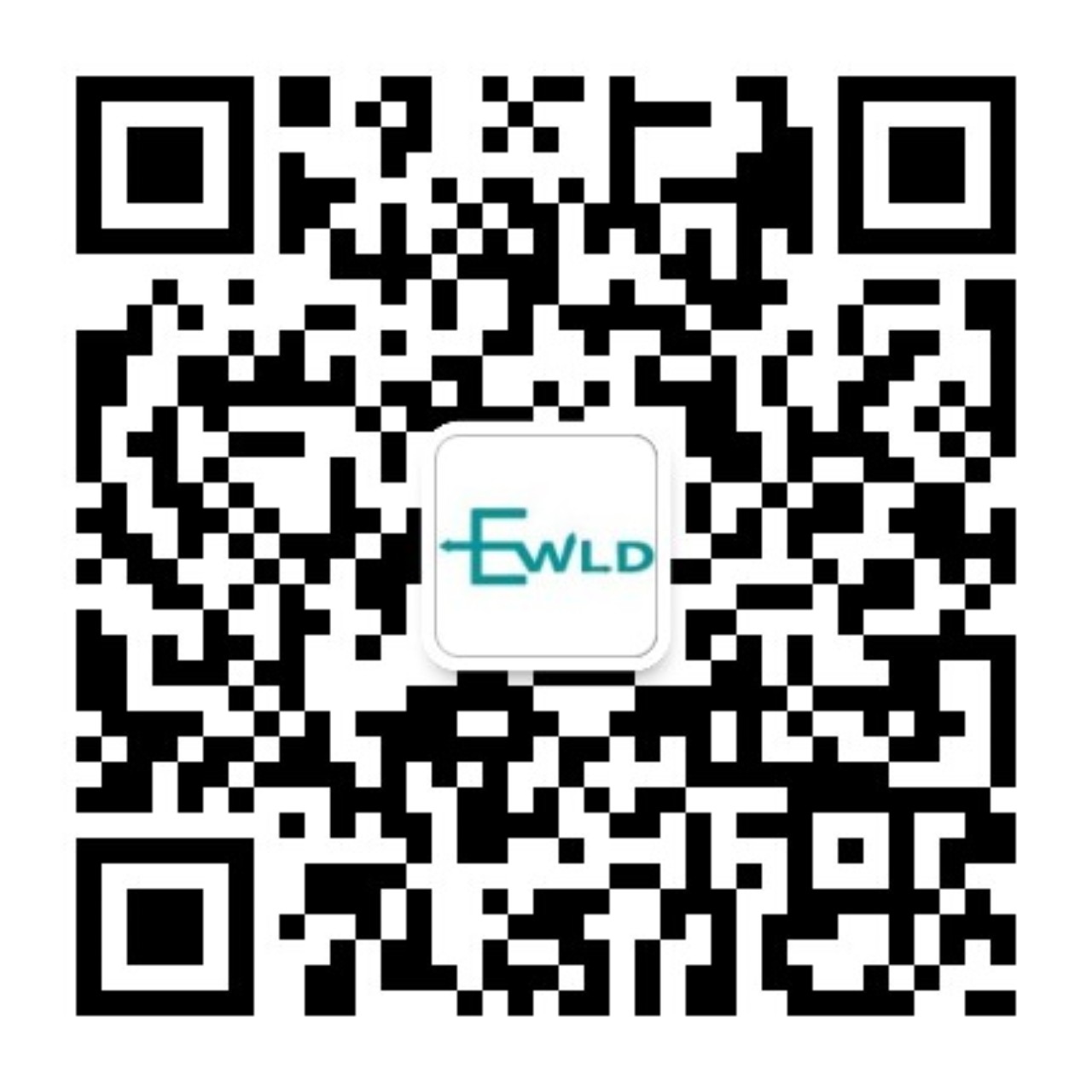When it comes to "high-power bidirectional DC-DC", we are actually discussing an efficient power conversion technology, especially for applications that require bidirectional energy flow and/or high-power output. Here is a brief description and design considerations of high-power bidirectional DC-DC:
I. Overview
A high-power bidirectional DC-DC converter is a power electronic device that can perform bidirectional conversion between different DC voltages. It can not only increase or decrease the voltage but also transfer energy from one DC source to another DC source, and vice versa. This kind of converter is widely used in fields such as electric vehicles, hybrid vehicles, solar inverters, wind power generation systems, and any industrial applications that require efficient energy conversion and management.
II. Design Considerations
-
Power Capacity: First of all, determine the power capacity of the required high-power bidirectional DC-DC converter. This depends on the specific requirements of the application, such as the drive system of an electric vehicle, the grid connection requirements of a wind power generation system, etc.
-
Efficiency: Efficient electrical energy conversion is the key to designing a high-power bidirectional DC-DC converter. Optimizing the circuit design, selecting appropriate semiconductor devices and heat dissipation solutions can improve the efficiency of the converter.
-
Bidirectionality: Achieving bidirectional energy flow is the core function of a high-power bidirectional DC-DC converter. This is usually achieved by adopting appropriate control strategies and circuit topologies.
-
Protection and Monitoring: In high-power applications, protection and monitoring functions are essential. This includes overcurrent protection, overtemperature protection, undervoltage protection, etc., to ensure the safe operation and reliability of the converter.
-
Electromagnetic Compatibility (EMC): When designing a high-power bidirectional DC-DC converter, special attention needs to be paid to electromagnetic compatibility. By adopting appropriate shielding, filtering and grounding technologies, electromagnetic interference (EMI) can be reduced and the stability of the system can be improved.
III. Implementation Methods
The implementation of a high-power bidirectional DC-DC converter usually involves the following key technologies and components:
-
Circuit Topology: Selecting an appropriate circuit topology is the key to implementing a high-power bidirectional DC-DC converter. Common circuit topologies include Buck-Boost, Buck/Boost hybrid circuits, etc. These topologies can be customized and optimized according to the specific requirements of the application.
-
Semiconductor Devices: In high-power applications, the selection of semiconductor devices is crucial. Devices such as IGBTs (Insulated Gate Bipolar Transistors) and MOSFETs (Metal-Oxide-Semiconductor Field-Effect Transistors) are usually used to achieve high-power output and efficient energy conversion.
-
Control Strategy: Adopting an appropriate control strategy can ensure the stable operation and optimized performance of the high-power bidirectional DC-DC converter. PWM (Pulse Width Modulation) technology is a commonly used control strategy, which can control the magnitude and direction of the output voltage by adjusting the duty cycle of the power switching devices.
-
Heat Dissipation Solution: A high-power bidirectional DC-DC converter will generate a large amount of heat during operation. Therefore, an appropriate heat dissipation solution is required to ensure the normal operation and reliability of the converter. Common heat dissipation solutions include fan cooling, heat pipe cooling and liquid cooling, etc.
In conclusion, a high-power bidirectional DC-DC converter is a complex power electronic device that requires comprehensive consideration of multiple aspects such as power capacity, efficiency, bidirectionality, protection and monitoring, as well as electromagnetic compatibility. By optimizing the circuit design and selecting appropriate components and control strategies, efficient and reliable high-power bidirectional energy conversion can be achieved.










